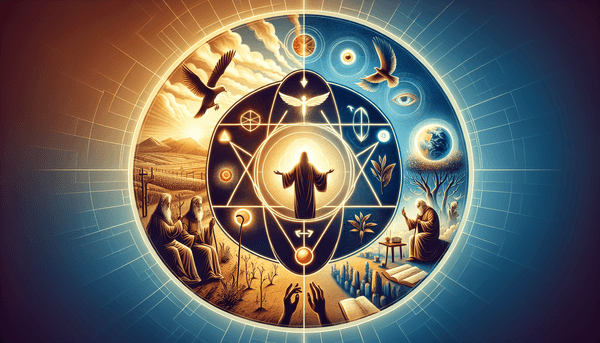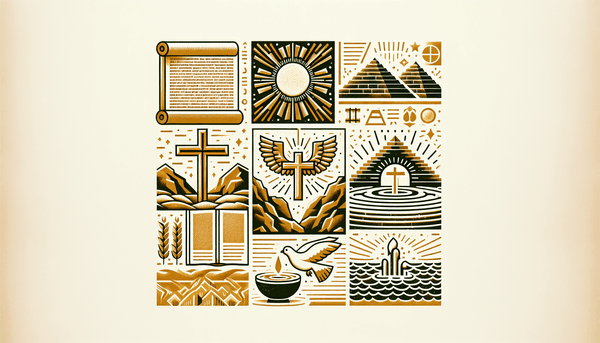The Virgin Birth and the Humble Beginnings of Jesus
The story of Jesus begins with a miraculous event that fulfilled ancient prophecies: the virgin birth. According to the Gospel of Luke, Mary was visited by the angel Gabriel who announced that she would conceive a child by the Holy Spirit (Luke 1:35). This announcement was not only a testament to the divine nature of Jesus but also a sign to all that God's plan was in motion. Jesus' birth in the town of Bethlehem (Luke 2:7), as foretold by the prophet Micah (Micah 5:2), occurred in the humblest of settings—a manger—symbolizing the accessibility of Christ to all, regardless of status. The heavens declared this good news, with angels appearing to shepherds, the most unlikely of witnesses, to proclaim the birth of the Savior (Luke 2:10-12). In these events, we see the intersection of divine intervention and human history, a narrative that has shaped Christian worship and understanding.
The Second Coming of Christ: Prophetic Events and Eternal Hope
The return of Christ is a central tenet of Christian eschatology, imbued with hope and a call for vigilance. The Bible speaks of this event with both promise and warning, urging believers to live in a state of readiness (Matthew 24:30-31). Prophetic scriptures paint vivid pictures of the events surrounding Christ's return, such as the battle between Michael and the Dragon (Revelation 12:7-9), the sounding of the Seven Trumpets signaling various judgments and events (Revelation 8:2), and the eventual descent of the New Jerusalem from heaven (Revelation 21:2). These visions, though shrouded in mystery, are integral to the narrative of redemption and the ultimate restoration of all things under Christ's reign.






